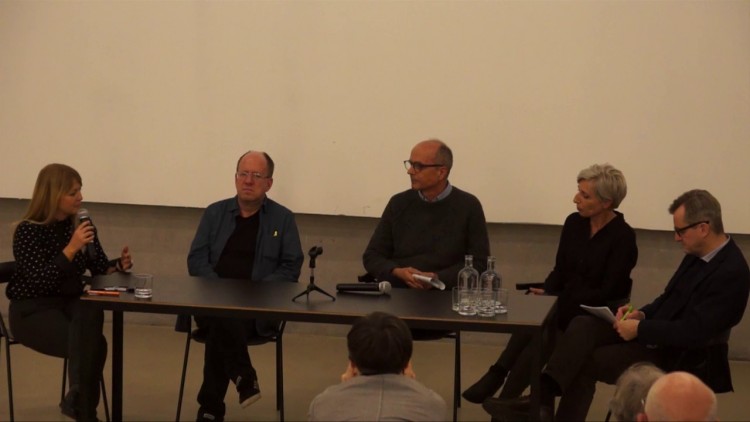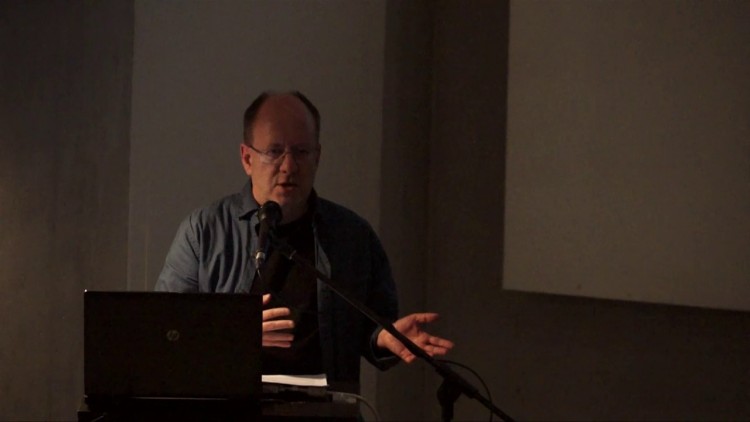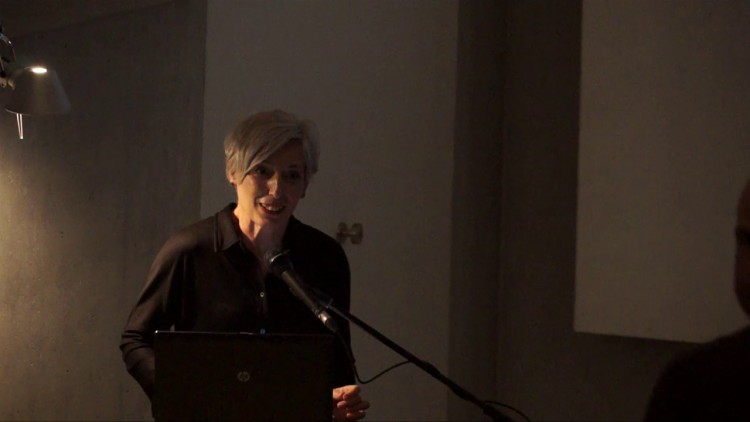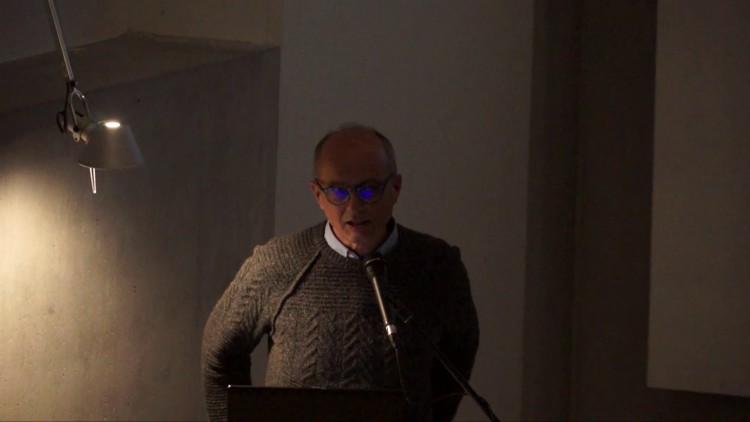General knowledge associates the concept of transparency with glass. However, glass not only stands for transparency, but also for a lack of aura. As Walter Benjamin held in Experience and Impoverishment, “glass is at all the enemy of the secret”. Transparency, thus, pulls away the veil of classical beauty breaking with the inside-outside dichotomy of architecture and voyeuristically exposing the interior to the outside. In combination with electric light, glass has the potential to transform architecture from an opaque object that is illuminated by sunlight from the outside into a bright shining crystal at night. Hence, early modernist glass façades are often linked to the expressionist notion of the crystal.
Despite this modern stereotype, one has to notice that the expressionist day-night effect was a side effect and a discovery in a later stage of modernity. It would be reductive, as well, to declare transparency a mere aftereffect of the development of new building technologies. Indeed, the first modern glass façade built by Gropius in the 1911 Fagus Factory in Alfeld was not the result of a radical break with tradition but the result of a conceptual inversion of the principles of classicism. The uniqueness of the famous glass corner at Alfeld consists less in being the first of its kind than in its placing modernism within the evolutionary logic of architecture and its centuries-old tradition.
While Gropius’ glass façade of 1926 in Dessau still follows a look-through idea and thus a conventional concept of transparency, it was, albeit in theory, in Mies van der Rohe’s project of his 1919 Friedrichstraße high-rise building that the concept of glass detached itself from its hidden link to classicism, eventually discovering its own immanent architectural potential.





